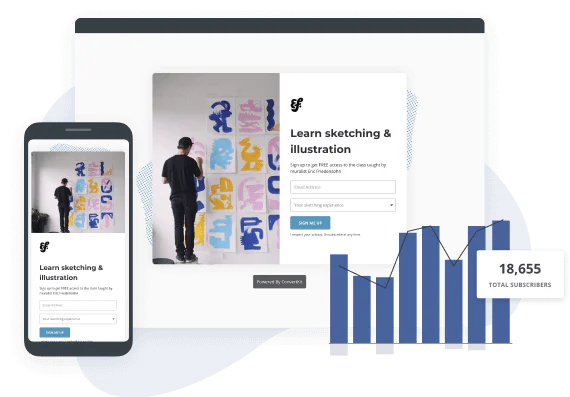The 10 best examples of webinar landing pages, plus exclusive tips for creators
Updated: October 11, 2024
16 min read

Share your next big idea with a landing page
Don’t wait to test out a new project. Get it out into the world today with a quick, customizable landing page.
Create a free landing page
Marijana Kay
Marijana Kay is a freelance writer for leading B2B SaaS companies. She uses data-backed, actionable content to help them hit and exceed their growth goals. In her spare time, she collects books and logs running miles. (Read more by Marijana)


